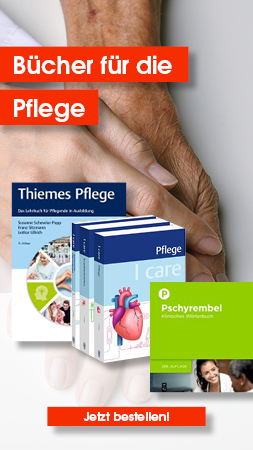Buch, Englisch, 260 Seiten, Format (B × H): 161 mm x 240 mm, Gewicht: 561 g
An Autoethnographic Inquiry
Buch, Englisch, 260 Seiten, Format (B × H): 161 mm x 240 mm, Gewicht: 561 g
ISBN: 978-1-032-40747-0
Verlag: Routledge
Identity Transformation and Posttraumatic Growth Following Traumatic Brain Injury and Posttraumatic Stress Disorder provides an autoethnographic qualitative study that portrays the author’s recovery from a devastating life-changing event – a car crash resulting in the hybrid diagnosis of traumatic brain injury (TBI) and posttraumatic stress disorder (PTSD), leading to posttraumatic growth (PTG) and identity transformation over a ten-year recovery period. In so doing, the text offers a comprehensive literature review on TBI, PTSD, PTG and disability culture. Throughout, the author explores whether growth (PTG) and distress (PTSD) and whether TBI and PTSD can co-exist.
Having lost her ability to read and write, the author had to learn how to learn, to heal and to have faith again. As a licensed trauma therapist and researcher, she collected self-observational data by writing her actual behaviors, thoughts and emotions in real time, both in a field and a process journal, even before she could write in full sentences. The many symptoms and co-morbidities of TBI and PTSD and the tenets of PTG are portrayed as they evolved in recovery showing the behaviors and characteristics of each. The text refers to actual journal entries, medical records and clinical notes from rehabilitation specialists, alternating between her clinical analysis and interpretation. The findings show that tragedy and suffering can lead to growth and positive change (PTG) after TBI, even though the precipitating trauma and psychological distress (PTSD) may persist for years. Changes are seen in self-perception, interpersonal relationships and philosophies of life.
This chronicled account of the author’s emergent recovery from patient to doctor is intended to benefit neuro-rehabilitation service providers (neuropsychologists, primary care physicians, speech-language pathologists) and also mental health clinicians who can see the evolution of PTG for what is now the new next step for many in PTSD recovery.
Zielgruppe
Academic
Autoren/Hrsg.
Fachgebiete
- Medizin | Veterinärmedizin Medizin | Public Health | Pharmazie | Zahnmedizin Pflege Krankenpflege
- Sozialwissenschaften Psychologie Psychologie / Allgemeines & Theorie Psychologische Theorie, Psychoanalyse
- Sozialwissenschaften Psychologie Allgemeine Psychologie Biologische Psychologie, Neuropsychologie
- Sozialwissenschaften Soziologie | Soziale Arbeit Soziale Gruppen/Soziale Themen Invalidität, Krankheit und Abhängigkeit: Soziale Aspekte
- Sozialwissenschaften Psychologie Psychotherapie / Klinische Psychologie
- Medizin | Veterinärmedizin Medizin | Public Health | Pharmazie | Zahnmedizin Medizin, Gesundheitswesen Medizin, Gesundheit: Sachbuch, Ratgeber
- Medizin | Veterinärmedizin Medizin | Public Health | Pharmazie | Zahnmedizin Medizinische Fachgebiete Psychiatrie, Sozialpsychiatrie, Suchttherapie
Weitere Infos & Material
Section I.Setting the Context. 1. Prelude of My Persona Pre-TBI. 2. Research Method of Autoethnography. Section II. Literature Review. 3. Posttraumatic Growth (PTG). 4. Traumatic Brain Injury (TBI). 5. Disability Culture and Disability Studies. Section III. Narrative: Journey of Recovery Post-TBI. 6. Years 1 and 2: Diagnosis. 7. Years 1 and 2: Loss of My Old Self. 8. Years 3 and 4: Neuropsychological Impairments and Altered Relationships. 9. Years 3 and 4: Life Coach & Begin Self-Discovery. 10. Years 3 and 4: Mental Health & Spiritual Decline. 11. Years 5 and 6: Self-Discovery & Community Integration. 12. Years 7 and Beyond: Valuing Life & Developing Wisdom. 13. Summary, Controversies & Clinical Implications. 14. References. 15. Appendix A: Externalized Thoughts Process Board/Map of My Dissertation. 16. Appendix B: Culture gram 1. Pre-Accident. 17. Appendix C: Culture gram 2. Two Years Post Accident. 18. Appendix D: Culture gram 3. Five Years Post Accident.






